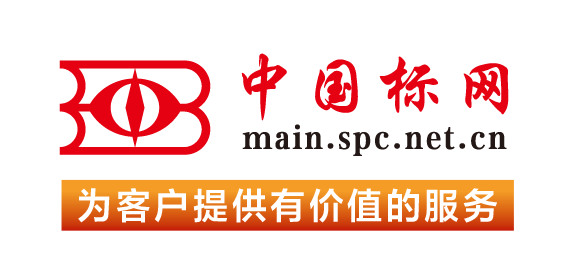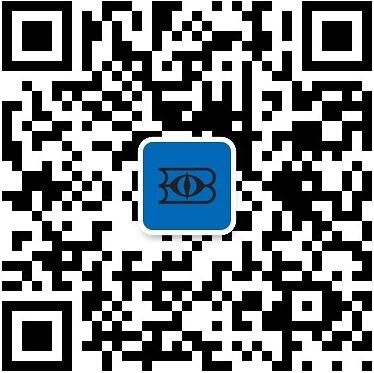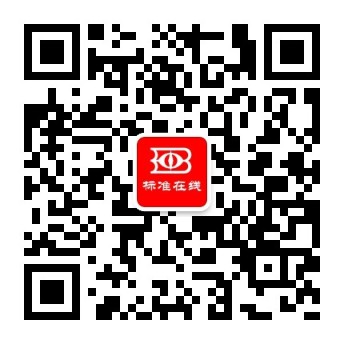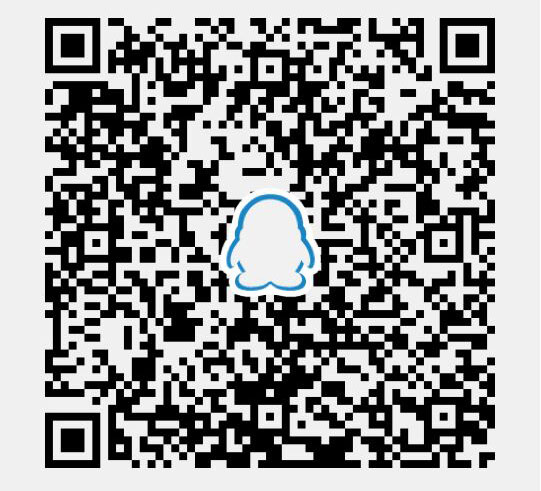【国外标准】 Standard Practice for Use of Thermoluminescence-Dosimetry (TLD) Systems for Radiation Processing
本网站 发布时间:
2024-02-28
开通会员免费在线看70000余条国内标准,赠送文本下载次数,单本最低仅合13.3元!还可享标准出版进度查询、定制跟踪推送、标准查新等超多特权!
查看详情>>
适用范围:
4.1 In radiation processing, TLDs are mainly used in the irradiation of blood products (see ISO/ASTM Practice 51939) and insects for sterile insect release programs (see ISO/ASTM Guide 51940). TLDs may also be used in other radiation processing applications such as the sterilization of medical products, food irradiation, modification of polymers, irradiation of electronic devices, and curing of inks, coatings and adhesives. (See ISO/ASTM Practices 51608, 51649, and 51702.)4.2 For radiation processing, the absorbed-dose range of interest is from 1 Gy to 100 kGy. Some TLDs can be used in applications requiring much lower absorbed doses (for example, for personnel dosimetry), but such applications are outside the scope of this practice. Examples of TLDs and applicable dose ranges are given in Table 1. Information on various types of TLDs and their applications can be found in Refs (1-10).71.1 This practice covers procedures for the use of thermoluminescence dosimeters (TLDs) to measure the absorbed dose in materials irradiated by photons or electrons in terms of absorbed dose to water. Thermoluminescence-dosimetry systems (TLD systems) are generally used as routine dosimetry systems.1.2 The thermoluminescence dosimeter (TLD) is classified as a type II dosimeter on the basis of the complex effect of influence quantities on the dosimeter response. See ISO/ASTM Practice 52628.1.3 This document is one of a set of standards that provides recommendations for properly implementing dosimetry in radiation processing, and describes a means of achieving compliance with the requirements of ISO/ASTM 52628 “Practice for Dosimetry in Radiation Processing” for a TLD system. It is intended to be read in conjunction with ISO/ASTM 52628.1.4 This practice covers the use of TLD systems under the following conditions:1.4.1 The absorbed-dose range is from 1 Gy to 10 kGy.1.4.2 The absorbed-dose rate is between 1 × 10-2 and 1 × 1010 Gy s-1.1.4.3 The radiation-energy range for photons and electrons is from 0.1 to 50 MeV.1.5 This practice does not cover measurements of absorbed dose in materials subjected to neutron irradiation.1.6 This practice does not cover procedures for the use of TLDs for determining absorbed dose in radiation-hardness testing of electronic devices. Procedures for the use of TLDs for radiation-hardness testing are given in ASTM Practice E668.1.7 This standard does not purport to address all of the safety concerns, if any, associated with its use. It is the responsibility of the user of this standard to establish appropriate safety and health practices and determine the applicability of regulatory limitations prior to use.
标准号:
ASTM ISO/ASTM51956-13
标准名称:
Standard Practice for Use of Thermoluminescence-Dosimetry (TLD) Systems for Radiation Processing
英文名称:
Standard Practice for Use of Thermoluminescence-Dosimetry (TLD) Systems for Radiation Processing标准状态:
Active-
发布日期:
-
实施日期:
出版语种:
- 推荐标准
- ASTM 51401-21 Standard Practice for Use of a Dichromate Dosimetry System
- ASTM 51956-21 Standard Practice for Use of a Thermoluminescence-Dosimetry System (TLD System) for Radiation Processing
- ASTM A1010/A1010M-24 Standard Specification for Higher-Strength Martensitic Stainless Steel Plate, Sheet, and Strip
- ASTM A1016/A1016M-24 Standard Specification for General Requirements for Ferritic Alloy Steel, Austenitic Alloy Steel, and Stainless Steel Tubes
- ASTM A105/A105M-24 Standard Specification for Carbon Steel Forgings for Piping Applications
- ASTM A1064/A1064M-24 Standard Specification for Carbon-Steel Wire and Welded Wire Reinforcement, Plain and Deformed, for Concrete
- ASTM A108-24 Standard Specification for Steel Bar, Carbon and Alloy, Cold-Finished
- ASTM A1080/A1080M-24 Standard Practice for Hot Isostatic Pressing of Steel, Stainless Steel, and Related Alloy Castings
- ASTM A1090/A1090M-19(2024) Standard Specification for Forged Rings and Hollows for Use as Base Plates in Power Transmission Structures
- ASTM A1115/A1115M-24 Standard Practice for Construction of Mechanically Stabilized Earth Walls with Inextensible Soil Reinforcement
- ASTM A1128-24 Standard Specification for Stainless Steel Shielded, Rubber Gasketed Couplings Having an Integral Restraint Feature for Joining Hubless Cast Iron Soil Pipes and Fittings Where External Restraint Is Required
- ASTM A179/A179M-24 Standard Specification for Seamless Cold-Drawn Low-Carbon Steel Heat-Exchanger and Condenser Tubes
- ASTM A234/A234M-24 Standard Specification for Piping Fittings of Wrought Carbon Steel and Alloy Steel for Moderate and High Temperature Service
- ASTM A242/A242M-24 Standard Specification for High-Strength Low-Alloy Structural Steel
- ASTM A249/A249M-24a Standard Specification for Welded Austenitic Steel Boiler, Superheater, Heat-Exchanger, and Condenser Tubes
 我的标准
我的标准 购物车
购物车 400-168-0010
400-168-0010














